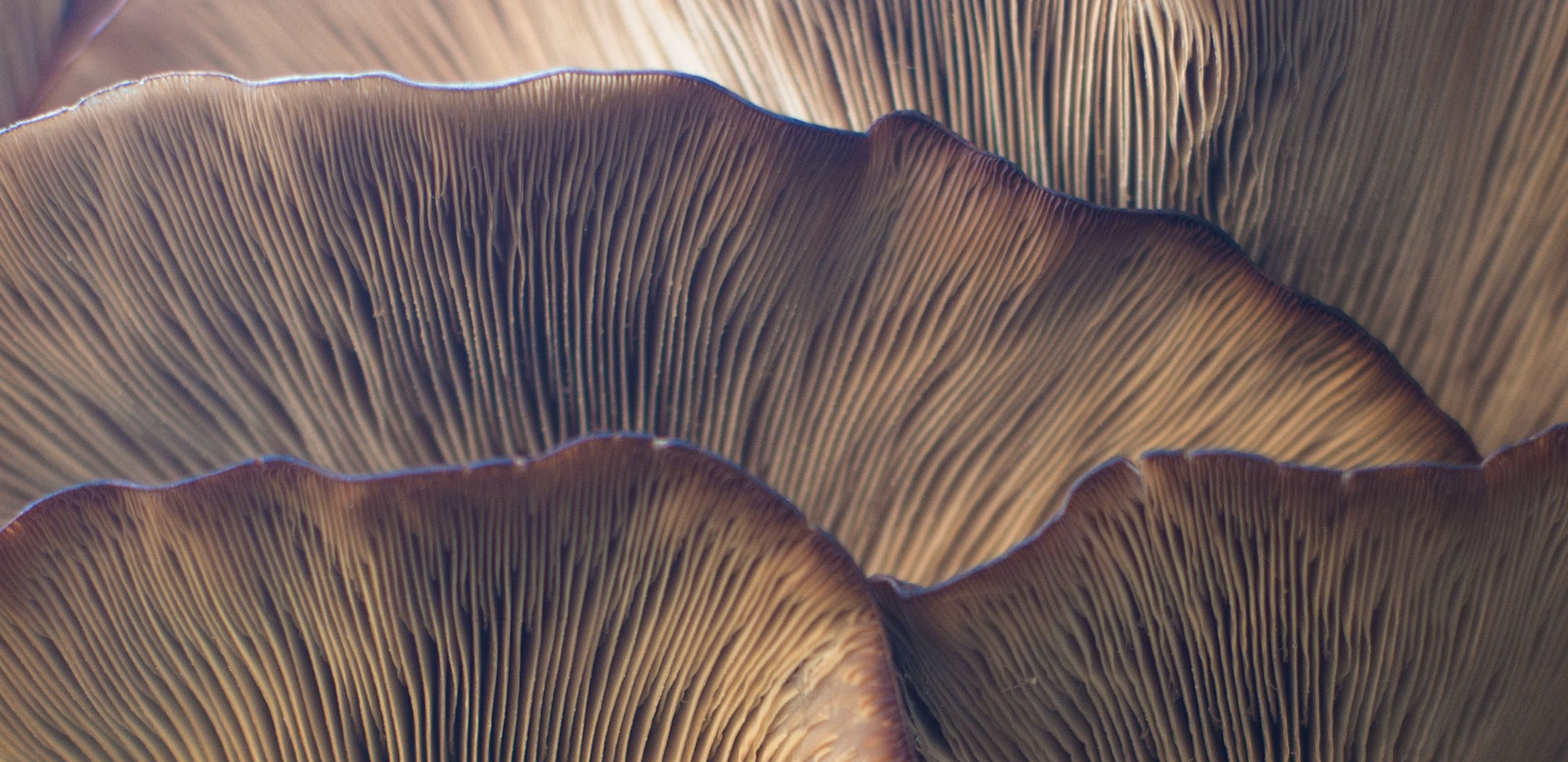Mushrooms are tasty — in salads, stir-fries, sautéed and topping a juicy steak …
And now, the wellness world has embraced mushrooms as a savoury superfood — for good reason.
Mushrooms are packed with vitamins that boost your immune system and support bone strength, and they’re low in sodium and calories, fat- and cholesterol-free and a source of B and D vitamins and minerals, including selenium and copper.
“Mushrooms are truly these powerhouses of nutrition,” says Jess Pirnak, a registered dietitian based in Vancouver, B.C. “In a little tiny fungi, it’s pretty jam-packed with nutrition: B vitamins for energy and selenium for antioxidants. Copper is really great for red blood cells and nerve health, and polysaccharides for immune-boosting benefits. That’s pretty incredible in a little button mushroom.”
Not only do mushrooms pack a nutritional punch, there has been research on their effects on immunity, heart health and cancer.
A 2015 study in the Journal of the American College of Nutrition indicated that regular consumption of shiitake mushrooms can boost immunity.
A systematic review of observational studies — published in the May 2021 issue of The American Journal of Medicine — indicates that mushrooms may aid in lowering cholesterol levels and reducing blood pressure.
A 2021 meta-analysis study published in the medical journal Advances in Nutrition looked at studies on mushroom consumption and cancer published from 1966 to 2020. The study noted that higher consumption is associated with lower cancer risk, specifically breast cancer.
“Shiitake mushrooms are super incredible from a heart-health and cancer perspective,” says Pirnak. “We can’t say that a lot about different foods, but we can say that about shiitake mushrooms.”
“Mushrooms tend to be the best substitute for plant-based alternatives because they have the same texture as ground beef.” – Jess Pirnak
Then there are the mental health benefits — both brain and mood. According to a 2019 study in the Journal of Alzheimer’s Disease, participants in Singapore aged 60 and over who consumed more than two portions of mushrooms a week had less chance of incurring mild cognitive impairment. A population-based study using data from the U.S. National Health and Nutrition Examination Survey indicated that participants who consumed mushrooms had lower odds of depression.
If those benefits don’t convince you to add more mushrooms to your diet, how about this? Mushrooms also act as a meat substitute. “I think they’re getting really popular now because we live in a very plant-based society,” says Pirnak. “Mushrooms tend to be the best substitute for plant-based alternatives because they have the same texture as ground beef.”
In fact, the Mushroom Council has trademarked a concept called The Blend, which is combining mushrooms and meat. Try these recommended ratios: 25/75 mushrooms/meat (burgers), 50/50 (tacos) and 75/25 (chilis). Chop the mushrooms finely so they’re the same consistency as ground beef, blend the two together, and cook.
If you’re not keen on the taste or texture of mushrooms, and lots of people aren’t, you can buy mushroom powder, a supplement made using dual-extracted “functional mushrooms” like lion’s mane, reishi or chaga. Functional medicine practitioners (who analyze the root causes of pain and disease through a biology-based approach) believe these mushrooms provide more benefits than simply their nutritional value. Add mushroom powder to your morning coffee or smoothie, or add it to dressings and dips. For that sweet tooth, include it in your brownie or pudding recipe.
Heart protector, brain booster, mood enhancer, cancer fighter. And tasty. Who could ask for anything more?
Mushroom varieties
Cremini (a.k.a. brown mushrooms or baby bellas) are a more mature version of the white button. They have a light-tan to brown cap and a firmer texture.
Lion’s mane has a white shaggy texture, and its flavour and texture are similar to crab and lobster.
Maitake (a.k.a. hen of the woods) has a rippling fan shape, resembling feathers.
Portabella is the bigger relative of the white button and cremini. Its cap can be up to 15 centimetres in diameter. Shiitake has an umbrella-shaped cap atop a curved stem; it has an earthy, smoky flavour.
White button is the most common mushroom, and it’s the most popular shroom in Canada, according to mushrooms.ca.
Did you know …
Mushrooms have more in common with humans than with plants. Mushrooms breathe in oxygen and release carbon dioxide, just like us.
Some mushrooms actually glow in the dark. These fungi — such as the ghost fungus (Omphalotus nidiformis) found in Australia — have luciferins, light-emitting compounds that are also found in bioluminescent animals and plants. (Warning: Don’t eat this one; it’s poisonous.)
Montreal-based Mycoboutique (mycoboutique.com) is your source for all things mushroom, including recipes, products and information on conferences and workshops.










